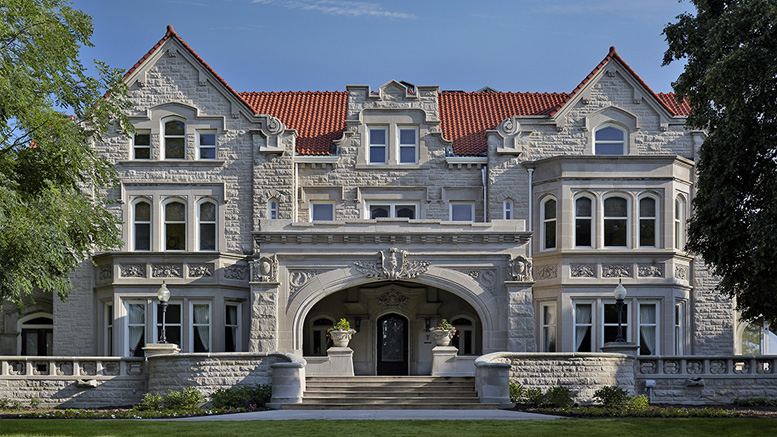By: Diane Watters, Associate Director, E.B. and Bertha C. Ball Center—
Muncie, IN—“The problem with hosting a successful program is that you get asked to do it again next year!” said Kathryn Kennison, director of the E.B. and Bertha C. Ball Center at Ball State University.
On June 26, 2019, the E.B. and Bertha C. Ball Center hosted “Teaching Economics in American History” for Indiana high school teachers. While the mission of the Center is to offer stimulating intellectual non-credit programs to the community as part of the university’s outreach efforts, organizing a program for teachers was new territory for them that proved successful.
Chris Talley, chairman of the board, and Dane Starbuck , trustee, from the Winchester Foundation, came to Kennison with the program idea. They proposed that the Center offer a program that would help teachers incorporate an economic way of thinking into their classroom so that students could fully understand the scope of historical events. With supplemental materials and activities, teachers could demonstrate how economics played an important role in forming history. For instance, students with an understanding of economics can better understand the causes of the Great Depression; and with this background knowledge of an economic way of thinking, students are better equipped to analyze their choices and make better decisions in their lives and as engaged citizens.
The supplemental texts that were examined at this conference, Common Sense Economics and Economic Episodes in American History, were broken down into easy-to-understand sessions and the presenters connected the content to the teacher’s current curriculum. The conference included sessions such as “How Can Economics Illuminate History, Civics, and Economics?” and “Why Did the Colonists Succeed Economically without Finding Gold and Silver?”
Presenters included:
▪ Dr. Tawni H. Ferrarini, the Robert W. Plaster Professor of Economic Education, Lindenwood University in Saint Charles, Missouri
▪ Dr. Mark C. Schug, Professor Emeritus, University of Wisconsin—Milwaukee
▪ Dr. Michael J. Hicks, George and Frances Ball Distinguished Professor of Economics, and Director, Center for Business and Economic Research, Ball State University
▪ Mr. Steve Brown, AP Economics Teacher, Yorktown High School
Thanks to The Winchester Foundation, Old National Bank, First Merchants Bank, The Community Foundation of Randolph County, and Ball State’s Center for Business and Economic Research, twenty-one teachers attended this program this past June at no charge.
Teachers who attended received content knowledge that can be used in their classroom or shared with their colleagues, eight Professional Growth Points, a $150 stipend, and twenty copies of Economic Episodes in American History and Common Sense Economics for their classroom.
The program was open to any Indiana high school teacher of social studies, history, economics, or related subjects. Attendees were from Delaware, Grant, Henry, Madison, Marion, Randolph, and Wabash counties.
“The Teaching Economics in American History seminar was rich in both content discussion and pedagogy. The day was well-structured and wasted none of my time. I’m certain that my school will benefit from the materials and ideas the program had to offer and I’m hopeful that Ball State will host another conference like this one,” said Adam Williamson, social studies department chair at Mississinewa High School.
For more information, call the E.B. and Bertha C. Ball Center at 765-285-8975 or e-mail ebball@bsu.edu.



